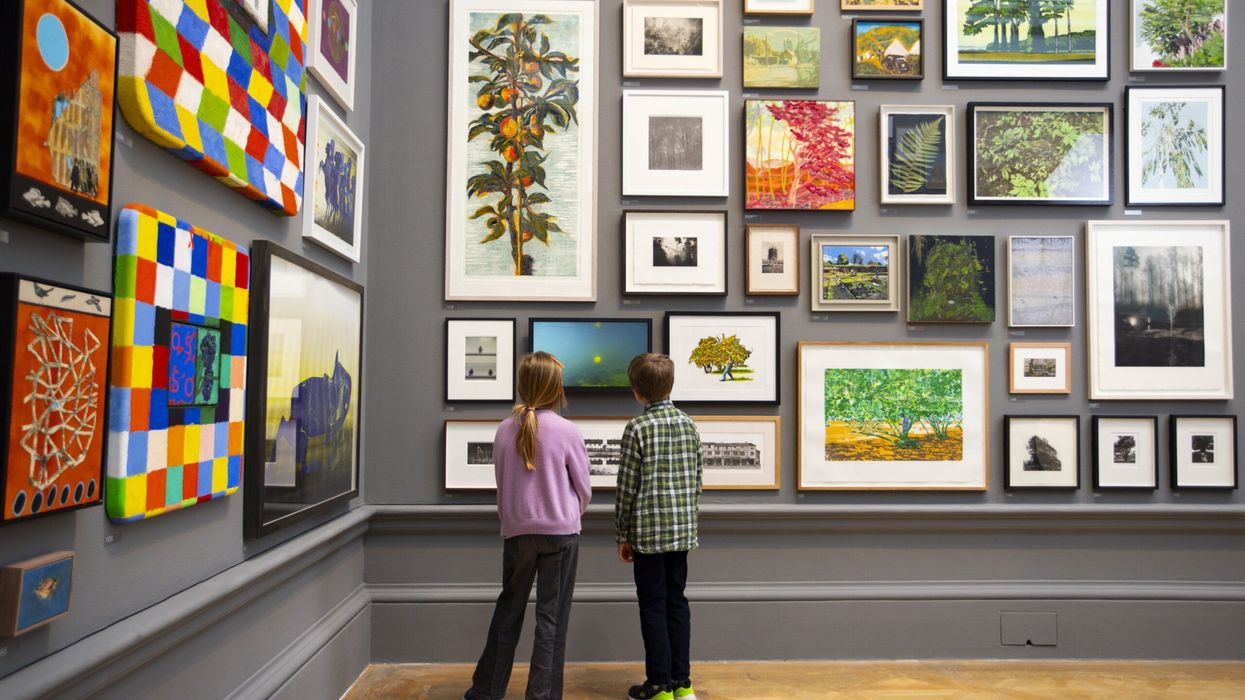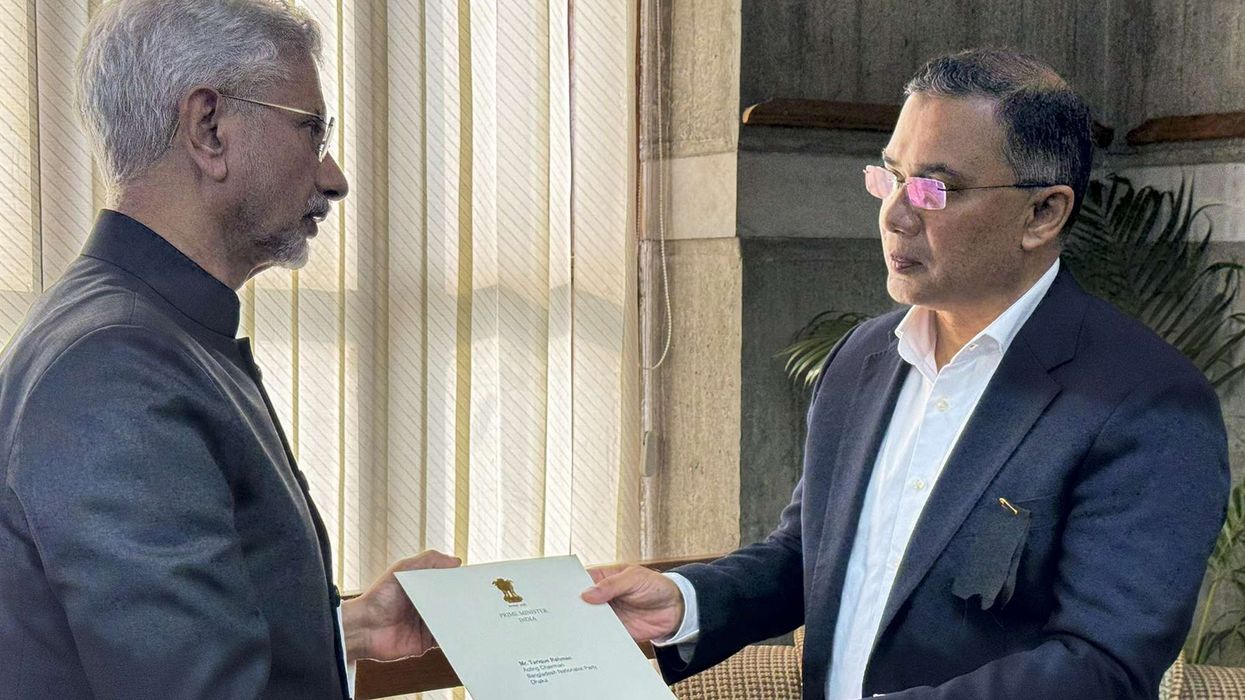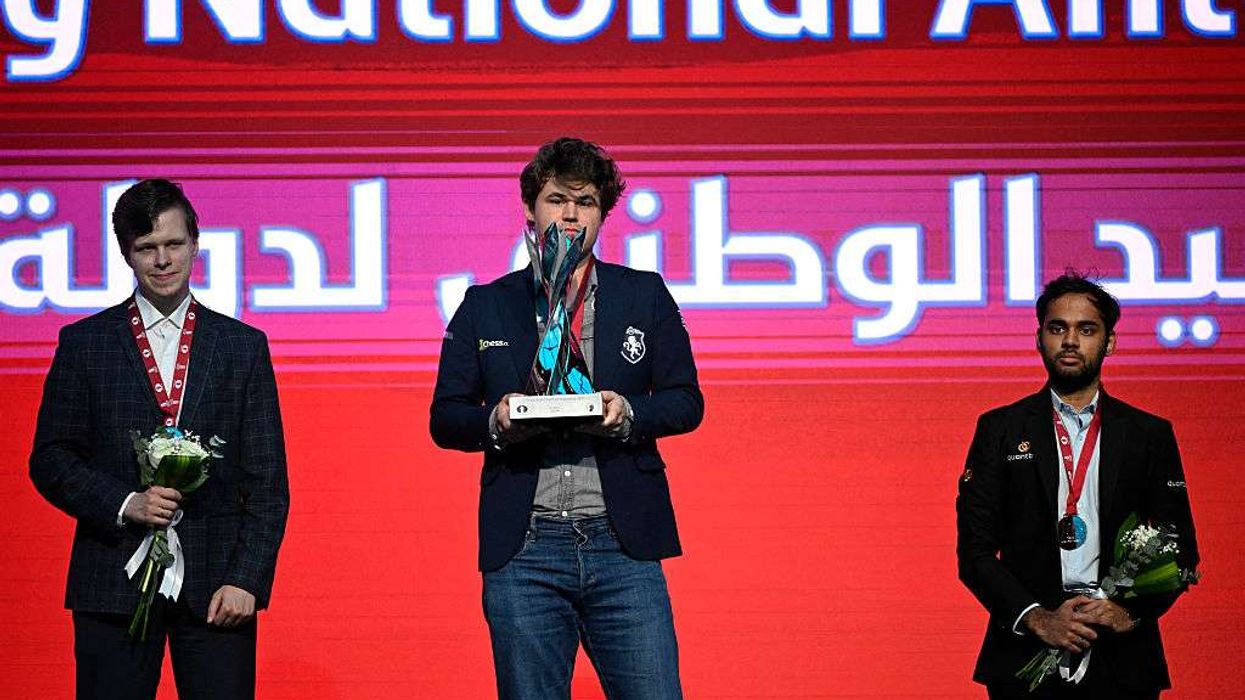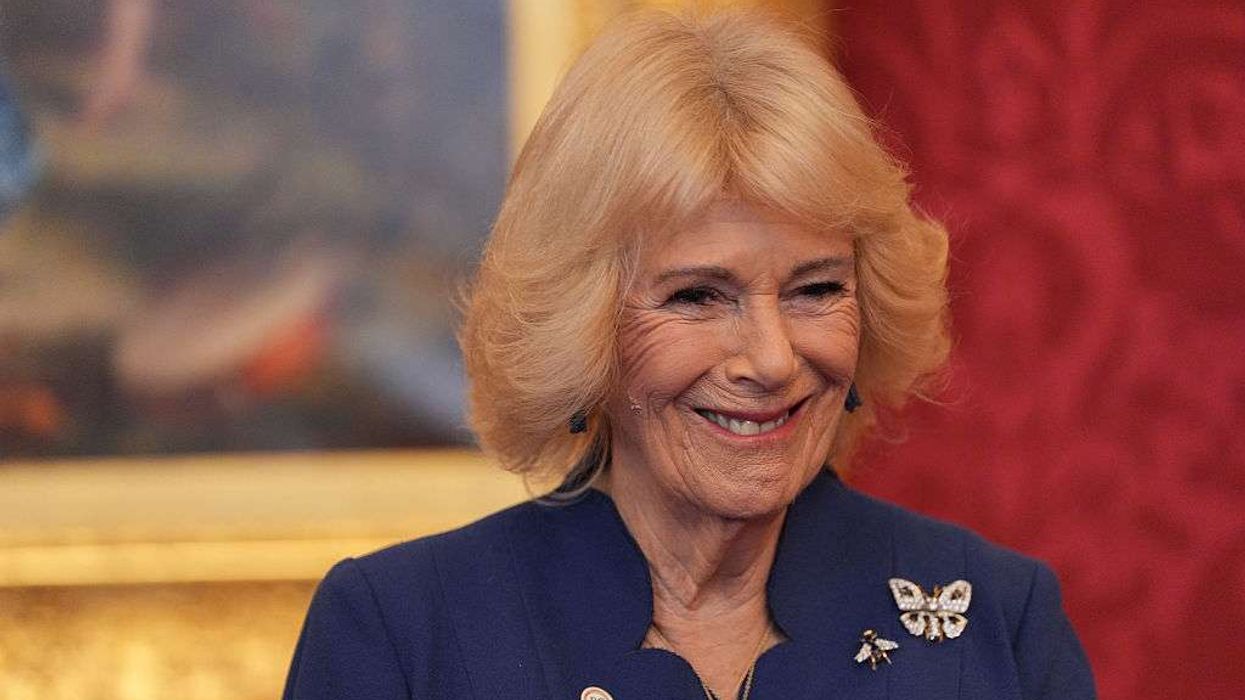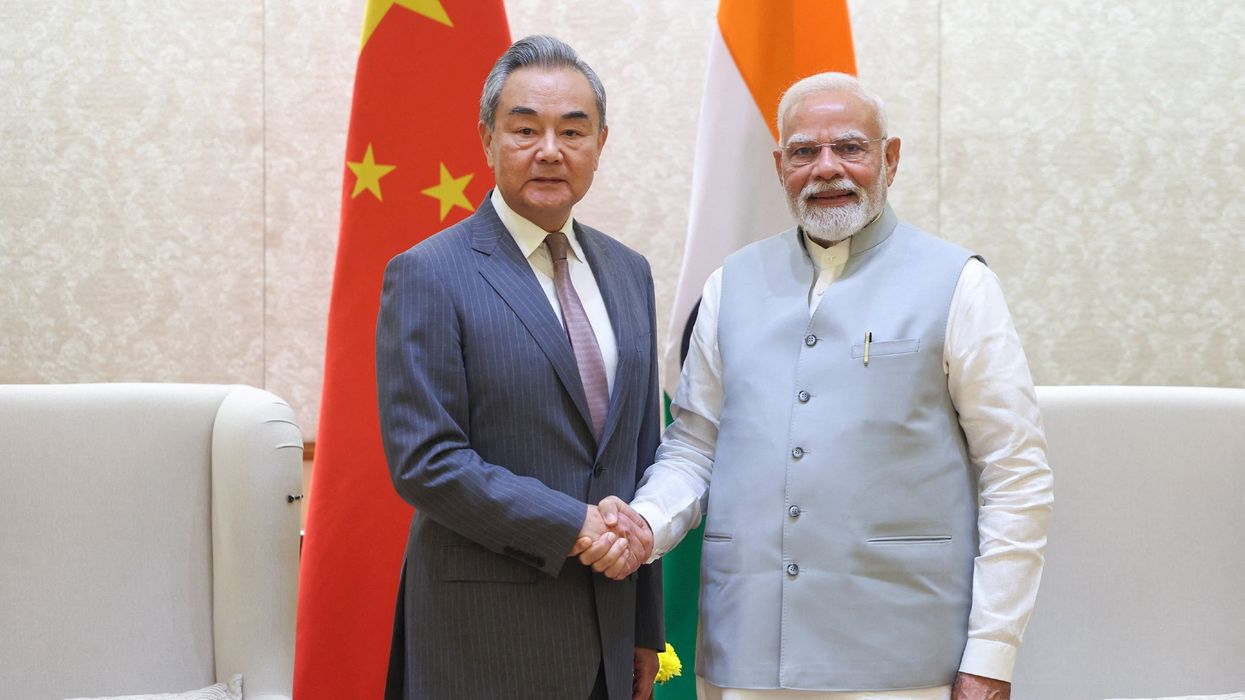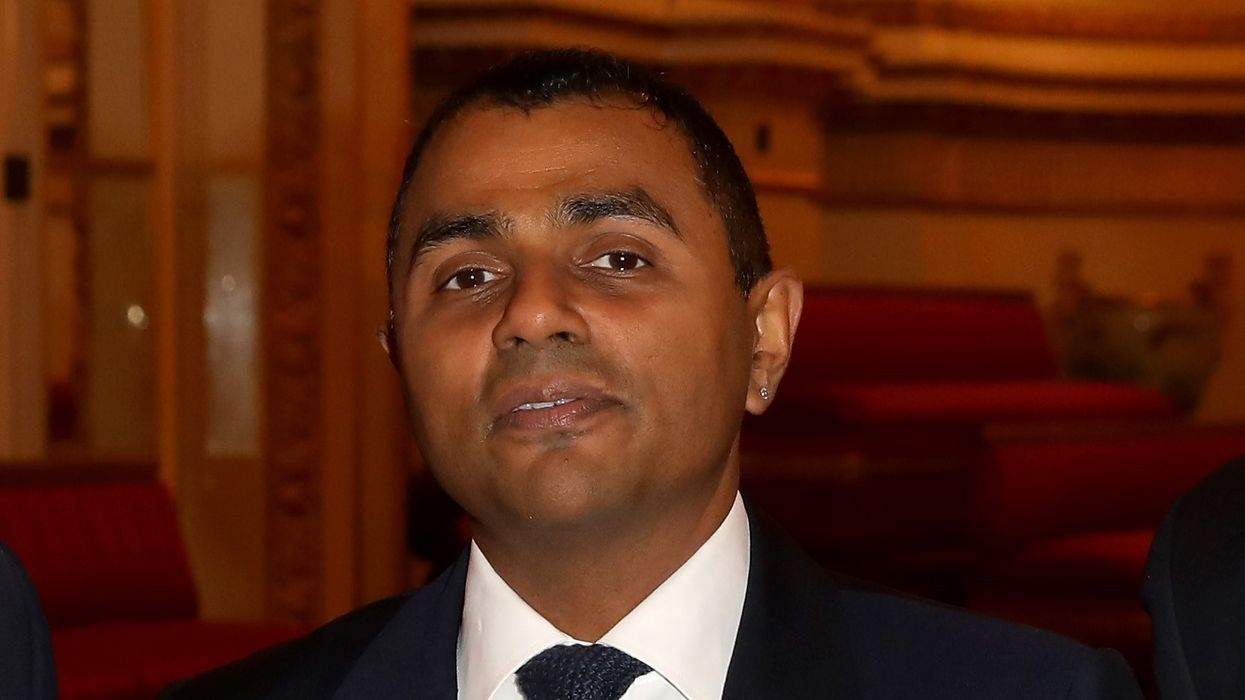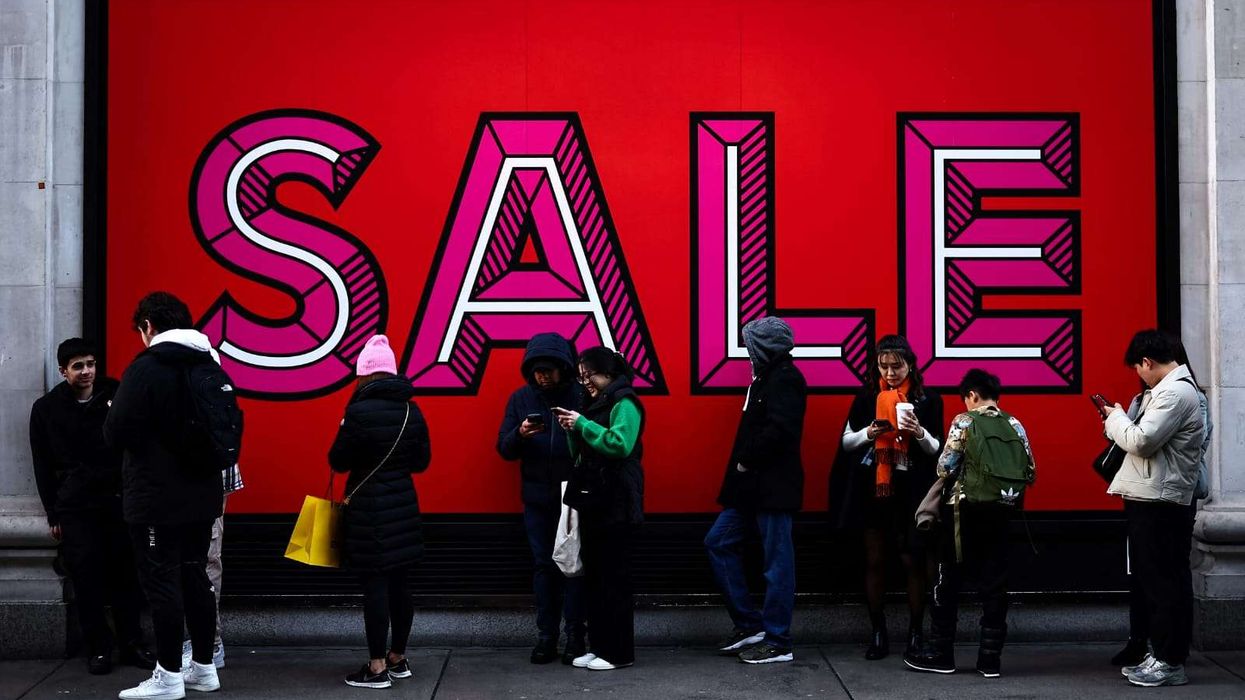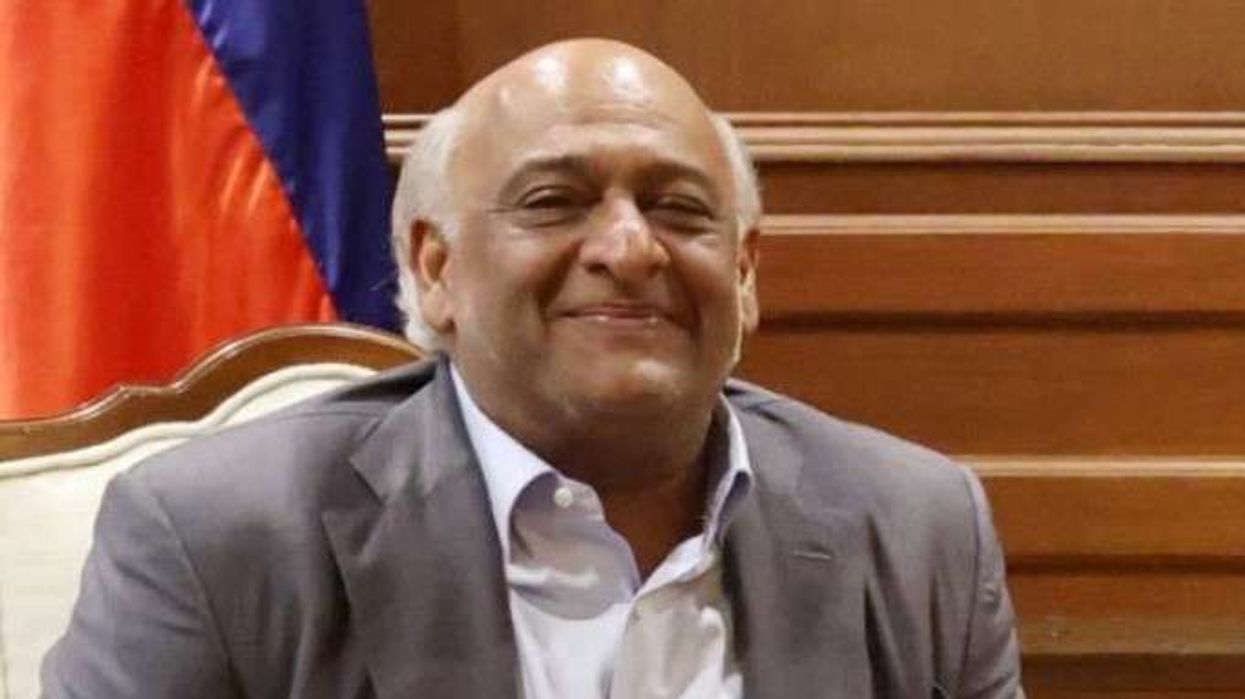THIS year’s Summer Exhibition at the Royal Academy (RA) has showcased a number of works by British Asian artists but Eastern Eye first spoke to Andrea Tarsia, the RA’s director of exhibitions.
“The RA is for everyone,” he said. “It really is. I know that we have rather intimidating buildings. We are in the middle of Mayfair, which feels incredibly exclusive, but really we are for everyone, and we hope that people will find our programme reflecting also of the broader interests and cultures that make up London today.”
Tarsia represented the RA when it won the prize for community engagement at Eastern Eye’s Arts, Culture & Theatre Awards (ACTA) in May for its landmark exhibition, Entangled Pasts, 1768-now: Art, Colonialism and Change.
“The Eastern Eye award was really a major award for us to receive,” he said. “And I think it was very interesting that we received the community and outreach award, and it felt like a point of connection had been made. The (Entangled) exhibition, which is really important to us, is one step along the way in terms of our programme, in expanding the range of exhibitions that we have done to date, and being much more global in scope.”
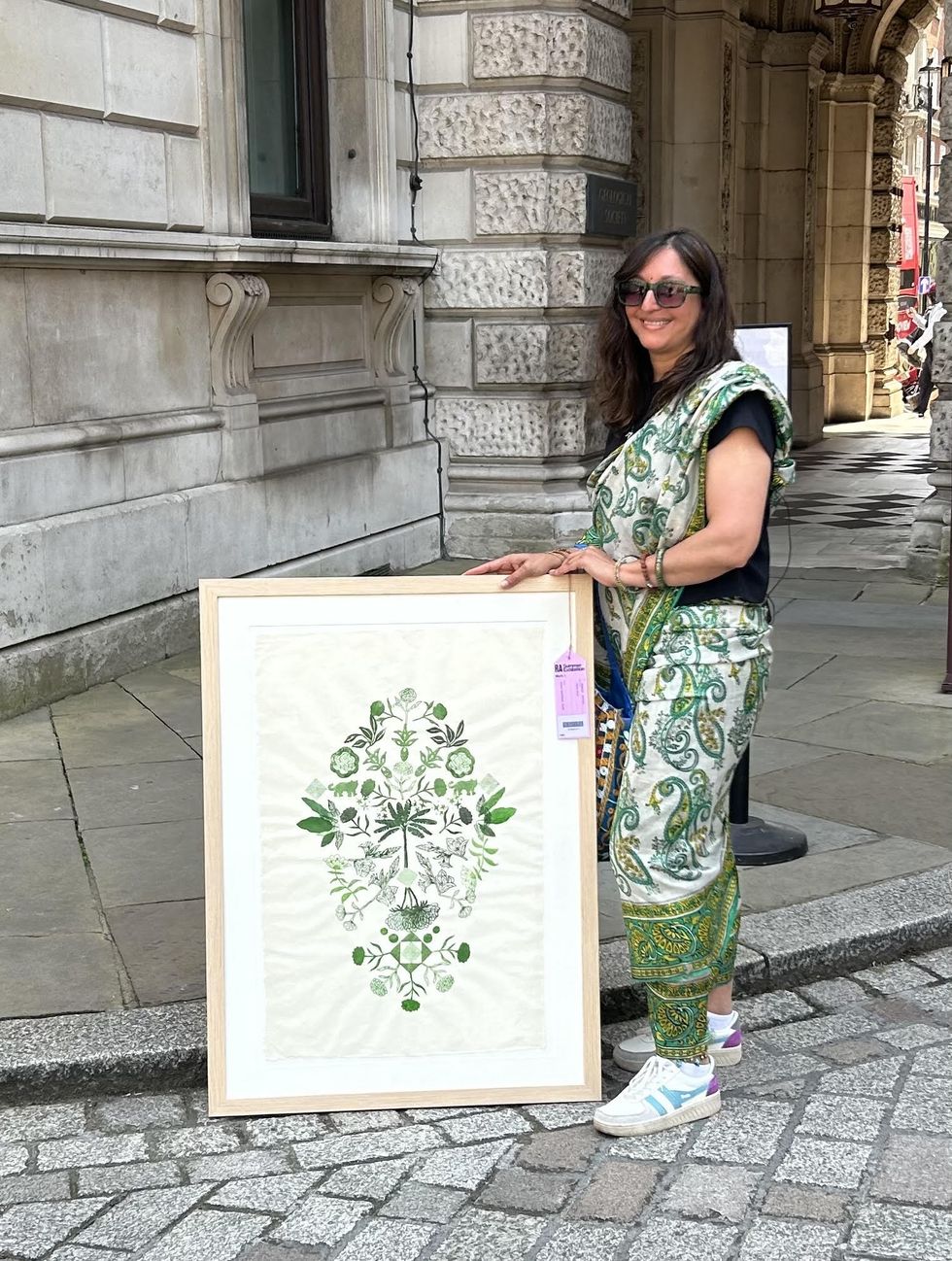
This year’s Summer Exhibition, its 256th since 1769, has been “coordinated” by the Royal academician and sculptor Ann Christopher.
Tarsia said she “has come up with a wonderful theme, ‘Making Space’, which has been interpreted extremely broadly. There are a lot of very quietly beautiful works in the exhibition that reward spending time on them. But there are also some really fun works. The architectural presentation is in two galleries this year – normally we just have it in one. It is extremely rich and has given a platform to a lot of different kinds of practices, which is really exciting.”
Tarsia added that the Summer Exhibition is “a wonderful celebration of making, where you find the work of royal academicians and very well-established artists rubbing shoulders with artists who are less well known. The significance of creativity really and the importance of art making is at the core of who we are and what we do, and the Summer Exhibition exemplifies that.”
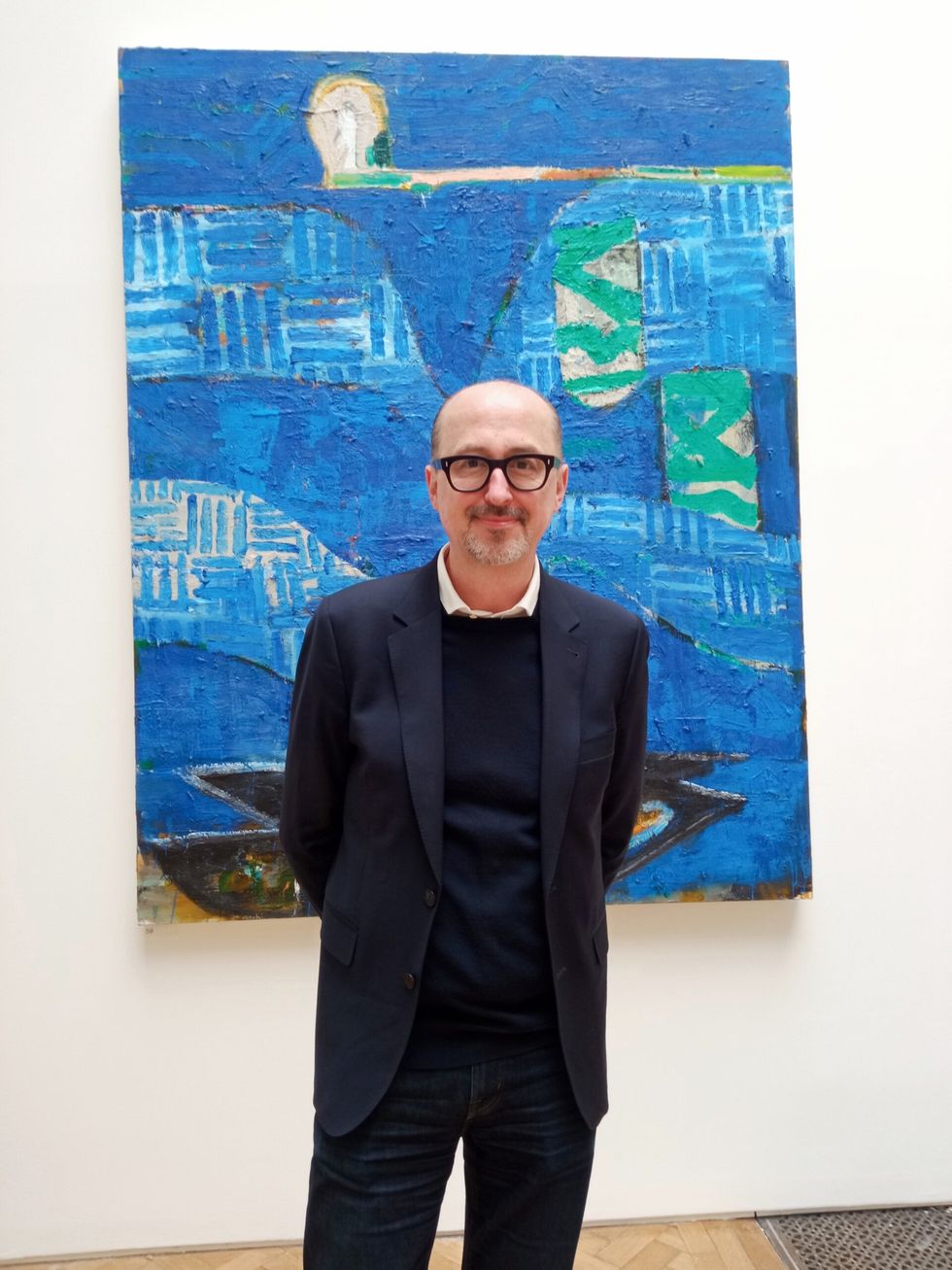
He wanted Eastern Eye readers to know that the RA has “a lot of free displays, though some of our exhibitions are paying.
“We are an independent institution. We do not receive any government funding, so box office helps us to present the exhibitions we do. But we also have a lot of free displays relating to our collection, related to architecture, and very contemporary work made by students of our schools. So there is a lot to see here beyond the paying exhibitions.”
Eastern Eye readers will enjoy picking out some of the British Asian entries this year. Out of nearly 16,500 submissions, 1,710 were accepted for display.
Akash Bhatt said: “This is my third attempt. I first tried 20 years ago and then last year. It was a bit overwhelming (getting in) but in a good way.”
His work, I must stop looking down, Acrylic on gesso panel, offered for £750 – most works in the Summer Exhibition are for sale – “has already been sold”.
He said: “This work stems from my daily window drawings which are my observations of people and bird life that pass by.”
Bhatt, who was born in Leicester in 1972, has been compared by one gallery owner to LS Lowry (1887-1976), “the English artist best known for his urban landscapes peopled with human figures often referred to as ‘matchstick men’”.
In 2016, Bhatt was nominated for the ACTA prize for art in its inaugural year.
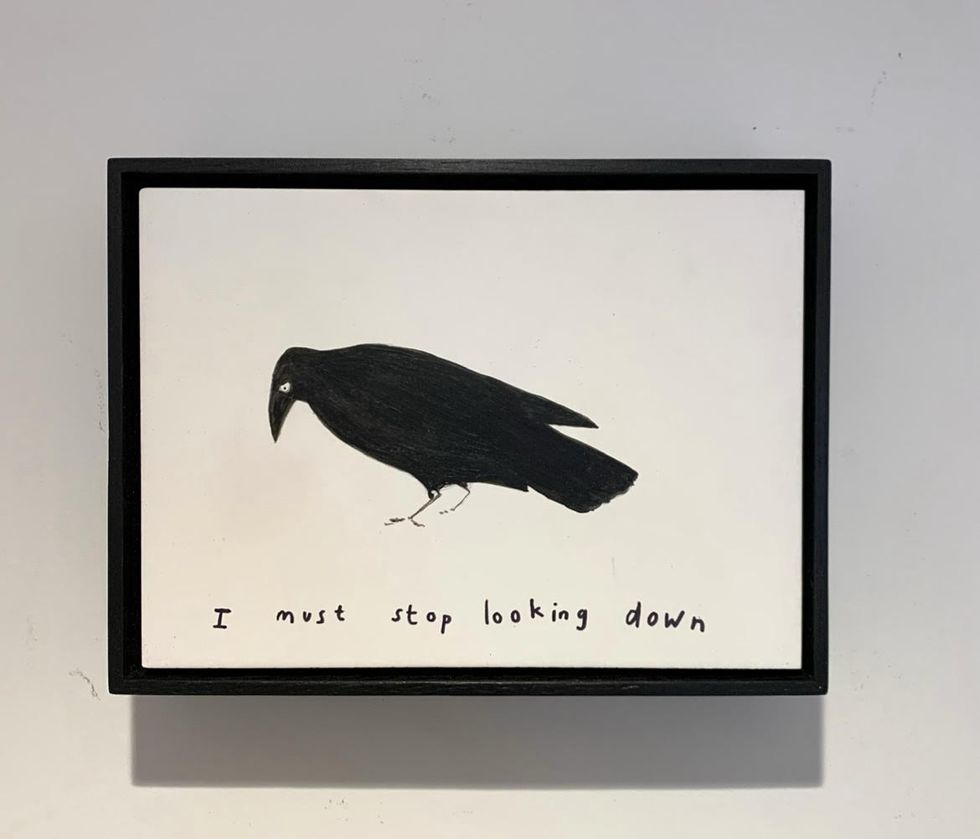
He spent lockdown in Leicester “doing 2,000 to 3,000 sketches of my mother”. Neerja Sehgal, who goes by the name Neera Sehgal, has a work called Meditate in the Summer Exhibition.
Offered for £350, it is a pattern made from Indian woodblock. She described getting into the exhibition as “an incredible honour and a significant milestone in my life, a dream come true”.
The artist, who comes from Ealing in west London, said she finds the process of making marks using the woodblocks “a meditative practice”.
She said: “Collaborating with Indian artisans is fundamental to my printmaking process. I begin by sketching designs, which are then intricately carved into woodblocks by skilled craftspeople in Jaipur. These artisans have honed their craft over generations.
“Growing up surrounded by block printed fabrics, I have a deep personal connection to this art form. The woodblocks evoke a sense of nostalgia and warmth, influencing my work and helping me stay connected to my heritage.
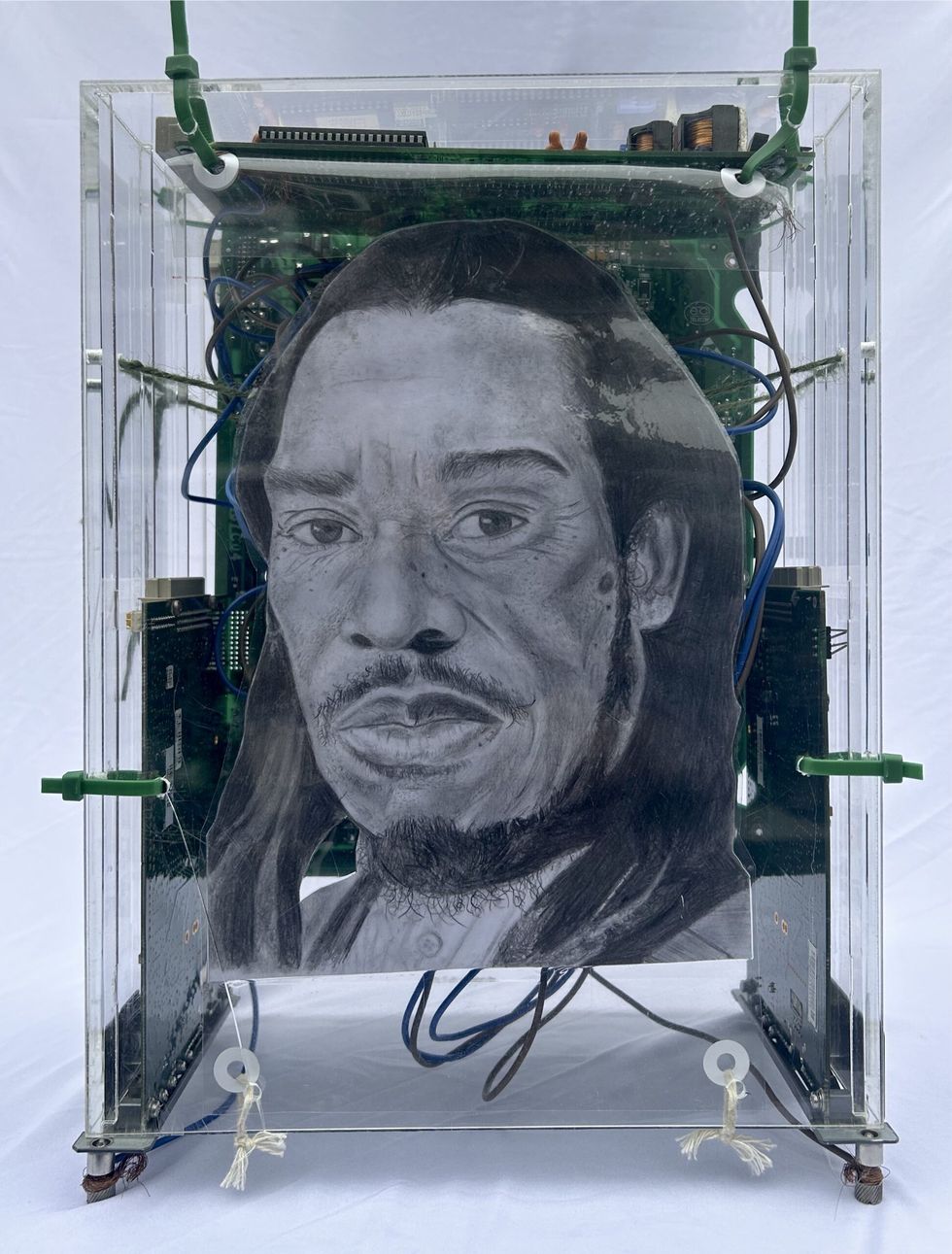
She added: “My piece for the Royal Academy, Meditate, delves into the theme of ‘making space’ for the Summer Exhibition. It reflects on my childhood home, ‘Round Coppice’ in Rickmansworth, which was a personal haven.
“After my parents passed away two years ago, we sold the home, and my work serves as a reflective pause to honour what this garden represented: love, family, nurturing, and growth. Each block in my work represents a flower my parents grew, and the banana tree symbolizes their garden in Goa, where they spent their winters.”
Poojan Gupta, who is based in London, is in the exhibition with a brass work, All Gone (Empty Blister Packs), offered for £2,500.
She says that her practice “builds on the existing importance of medicines in our lives and explores blister packs as an independent unit since 2019”.
Gupta adds that “the punctured surfaces of empty packs set her primary sculptural medium, and it is the sensation of touch” that inspires her work. She says: “I have explored different ways of making empty packaging feel aesthetically strange and visually striking through a process of defamiliarisation. Here my visual vocabulary mirrors the repetition of mass production.
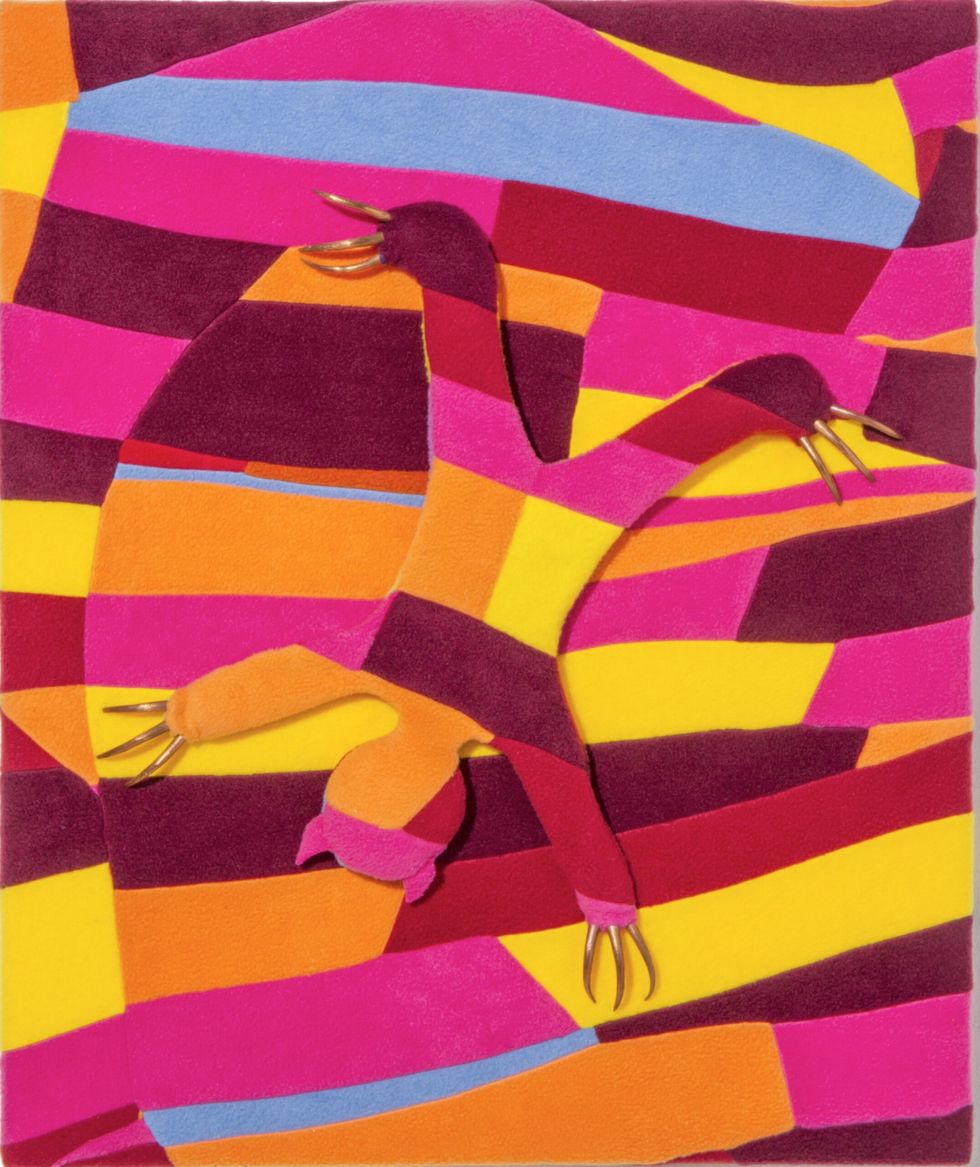
“This involves practices such as casting – in aluminum, brass, resin, concrete, plaster and beeswax – printmaking, drawing, painting, and digitalised forms of reproduction. And, having accumulated a reserve of 30,000 discarded packs using informal networks in India and the UK, I have been able to create larger-scale sculptures using assemblage and installation techniques.
“In all these experiments the packaging becomes something it was never intended to be. It was meant to be landfill. Now it approximates minimalist art, and I have developed this idea as the key component of my practice. Ultimately, I see my practice as a demand for a change in sensibility.”
Kiran Chauhan’s Biomorphic Vessel (£350), raku fired stone, is both striking and beautiful.
She says: “I started experimenting with ceramics after doing a few short courses in 2022. I meander between hand-building and wheel throwing, and enjoy exploring the limits of what is possible with the clay and my skill level. I work in a shared ceramics space in North London.”
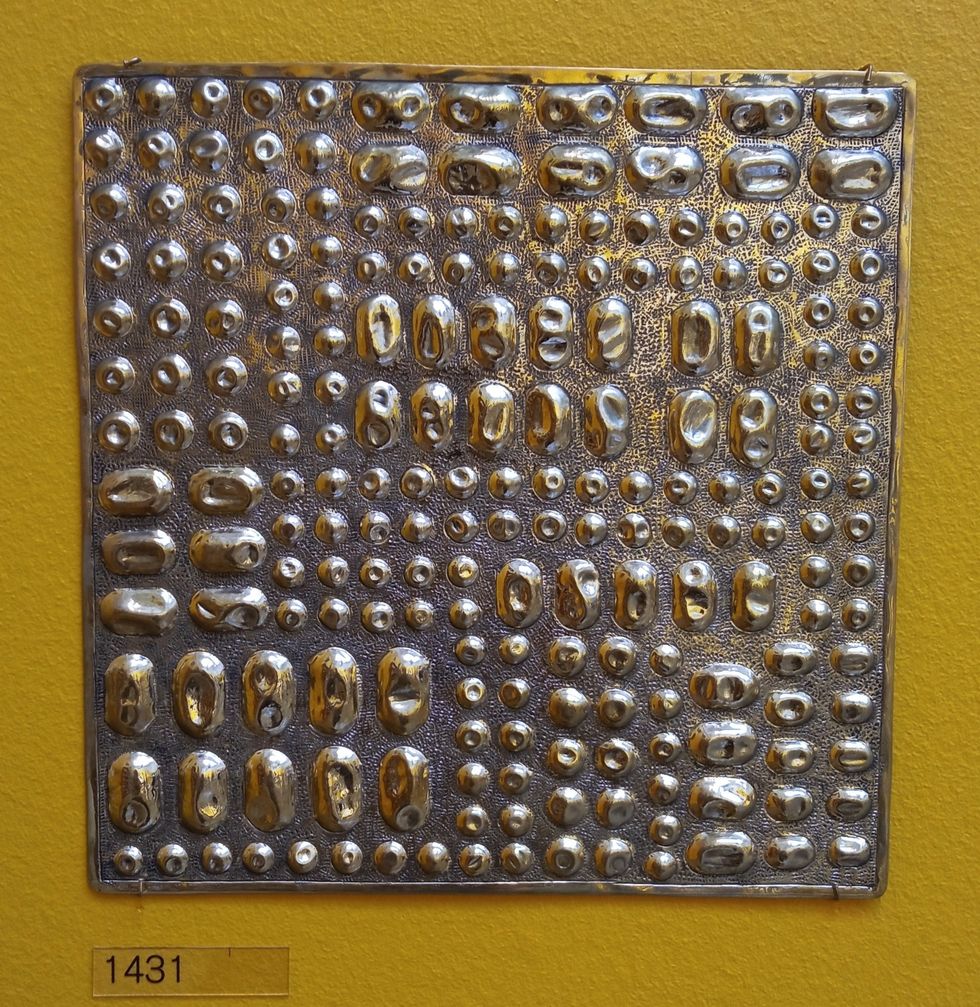
Rahul Rahanu has done a Benjamin Zephaniah Cyborg (£4,500) with cable ties, pencil on paper and wires. The front has an image of the late poet, while the reverse resembles a computer board. Rahanu, a 23-year-old postgraduate art student, says that growing up in “a Punjabi, lowly caste, working-class family, in Hayes, west London, as a second-generation British Indian”, he has grappled with “the complexities of navigating multiple identities”.
This year, the Summer Exhibition’s selection or hanging committee invited 10 artists. Among them were Permindar Kaur and Radhika Khimji.
Kaur submitted two works – Falling, using copper and fabric (£5,000) and Tall bed, using steel and fibric (edition of 10 at £1,500). Born in Nottingham in 196, she graduated in fine art from Sheffield City Polytechnic and then did an MA at the Glasgow School of Art.
According to Richard Hylton, a lecturer in contemporary art, “Permindar Kaur’s artistic practice extends over more than three decades during which time she has become one of Britain’s most innovative artists. Known as much for her deft manipulation of materials including glass, metal, and fabric, as for her evocative exploration of home, childhood, memory and cultural identity, Kaur’s practice defies easy categorisation.
“With its fastidious regard for scale and form, Kaur’s work is both alluring and contemplative.”
Khimji’s work, oil and gesso on photo transfer on birch plywood, is called Drifting on an axis (£13,400). She was born in Oman in 1979, studied at the Slade School of Fine Art, the Royal Academy of Fine Arts and holds an MA in Art History from University College London, and now “lives and works between Muscat and London”.
Her work is described as “at once a painting, a drawing and a collage; it is also an embroidery and a sculpture. Because it is all of these things a place between many polarities emerges”.
